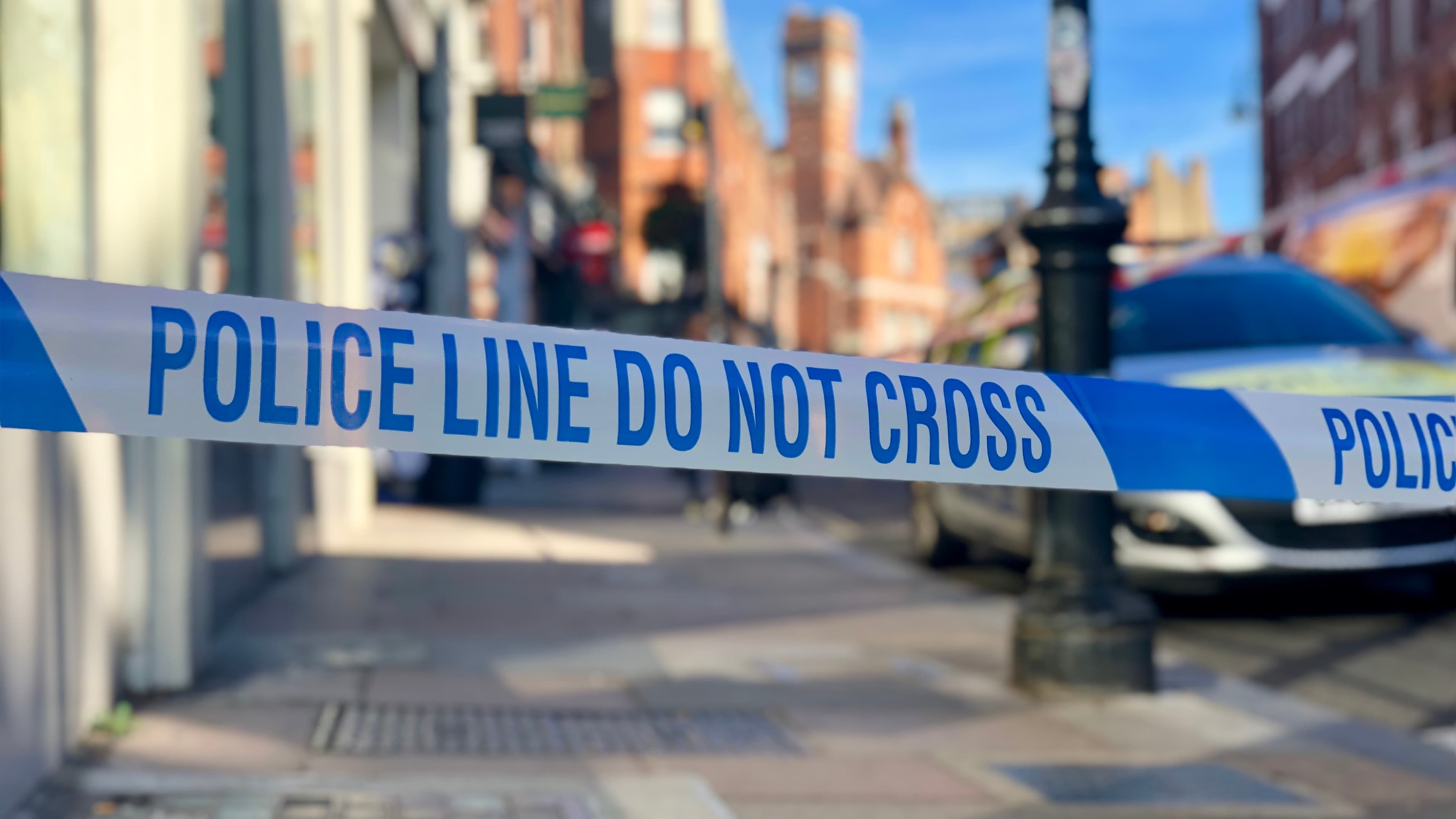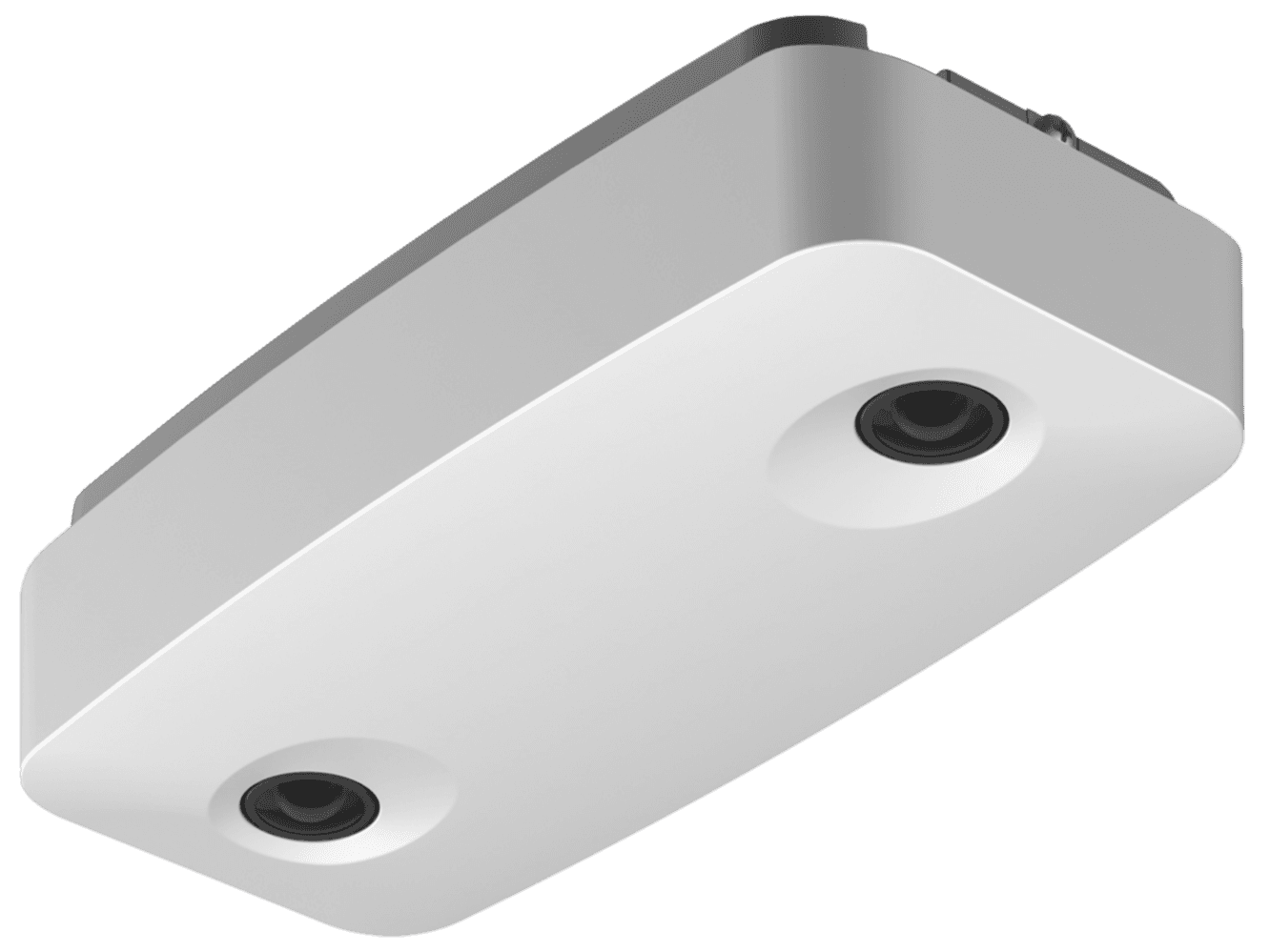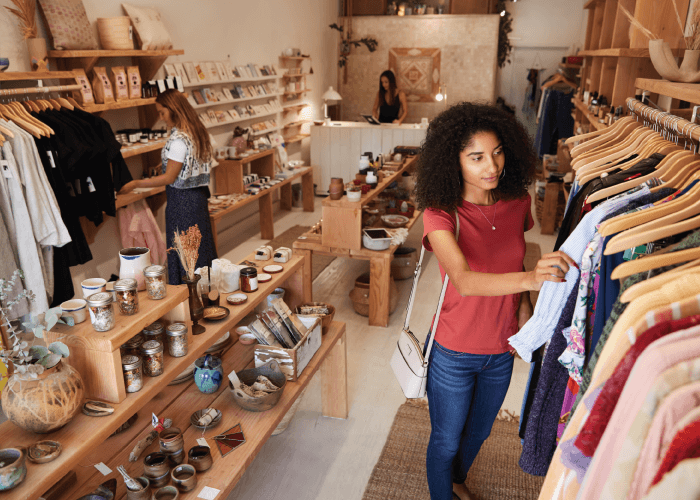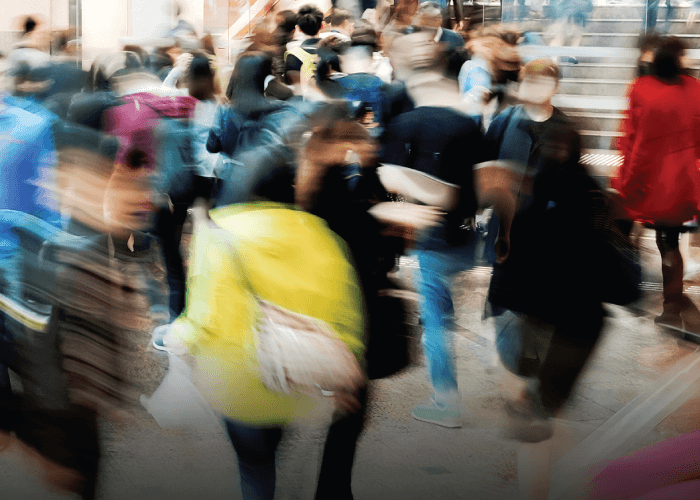How To Protect Store Staff From The Fallout Of Retail Crime

On this page
In our previous blog post, we examined the far-reaching impact of Organized Retail Crime (ORC) and how brands can react to help mitigate it. We also touched briefly on how employee safety is affected by ORC, a topic that merits further discourse in this blog post.
ORC has long been a thorn in retailers’ side - a pre-COVID analysis from 2019 puts the US-based stock cost from ORC theft alone in the tens of billions of dollars. In addition, the majority of retailers surveyed in the report, titled The Impact of Organized Retail Crime and Product Theft in the United States, indicated that ORC perpetrators had threatened, assaulted, or harmed retail store staff.
As retail activity continues to show a slow but steady return to pre-COVID levels, we have seen brands implement a slew of new strategies aimed at getting retailers fully back on their feet. Some, such as transitioning to a digital-first in-store strategy, are predictable. Others promote long-term success through customer loyalty and personalized shopping experiences. Few strategies, however, suggest any kind of approach towards combating the damages caused by ORC, particularly those concerned with the human element.
As US retailers continue to face a persistent labor shortage, coupled with the rising difficulty in retaining good store staff, asset protection and loss prevention have an even bigger and more important role to play for brands to remain successful.
How In-Store Crime Affects Your Store Staff
Employees are often described as an organization’s biggest asset, a sentiment that echoed well before the COVID-19 pandemic took hold. But in the past year, the frontline retail worker, in particular, has unexpectedly emerged as the new 'hero of retail' who delivers the most memorable in-store experiences. They are the marketers (driving in-store engagement), the face of the brand (selling activities), and the merchants (troubleshooting stock and other inventory issues). And unlike equipment and merchandise, you cannot protect them by tagging and placing store associates behind physical and digital security measures.
The crime that affects your stores also affects your store staff. It lowers their overall happiness and increases stress, which can easily affect productivity. According to a 2019 study by Oxford University's Saïd Business School and telecoms firm BT, workers are 13% more productive when happy.
Retailers who ignore this fact run the risk of exacerbating an already challenging labor shortage with ongoing and far-reaching financial consequences. Furthermore, the steep rise in ORC over the last year has also been coupled with an increasing number of aggressive or violent incidents. This means it’s more vital than ever to ensure morale stays high, even if it means implementing additional safety measures.
Finally, store staff who are constantly encountering unfavorable working conditions may end up acting detrimentally towards their workplace. This may include internal theft incidents, damaging your brand through negative exposure, or even encouraging adverse behavior and attitudes in their colleagues.

How Retailers Are Responding To Protect Store Staff
Many of the large industry players acknowledge the problems caused by the ORC surge. Some are opting, however, to try and keep their store staff far away from incidents, even at the expense of merchandise loss. The idea behind this is that, while stock levels may be renewable, good staff are invaluable and a costly exercise to replace.
Nor are retailers cutting their stock losses, either. Some are purposefully choosing to close down stores in certain locations most affected by ORC. This might seem like a losing strategy. When you consider the consequences of violent incidents, though, it becomes a valid option when compared to gaining a reputation as a high-risk shopping location or unsafe place of work. But are there alternative options available?
5 Ways Asset Protection And Loss Prevention Solutions Can Extend To Staff Safety
Fortunately, retailers have a plethora of options already available for gearing up for better safety at their stores. Traditional asset protection systems, when paired with solid, well-known policies and support from local law enforcement, can perform just as well in keeping people safe as they do in preventing shrink. The prevention of retail crime goes hand-in-hand with staff safety - fewer crimes mean fewer instances of staff being exposed to potentially unsafe circumstances while at work.
1. Pre and post-event deterrents
One prevailing combination that works well is to combine pre-event deterrents and post-event investigations into a single easy-to-use platform. By having high-resolution CCTV signage of your store on display for shoppers, you’re preventing a high degree of organized theft by virtue of perpetrators wishing to avoid being identified. Following a retail theft event, that same footage is a boon to law enforcement during investigation and prosecution. Indeed, low-quality CCTV footage issues are not unique to retail, but are confidently overcome with modern devices.
2. Relationships with law enforcement
Another easy win is for retail stores to have beneficial relationships with local law enforcement bodies. ORC syndicates may, for example, have access to a retailer’s company policy on engaging with theft, and thus be able to use it when targeting retail locations. However, they’re far less likely to know about an arrangement a store or a mall might make with law enforcement to randomly patrol nearby. Such patrols not only act as a meaningful deterrent, they’re also a lot harder to work against because of their very nature. It’s one thing to harass retail staff, entirely another to overcome armed law enforcement officials who have the power of arrest.

3. Use past loss prevention experience
Retailers should also use their own loss prevention experience to stimulate store environments more conducive to customer and employee safety. Asset Protection teams, for example, should have a strong influence on future store design and layout. This would have a positive effect on the application of Crime Prevention Through Environmental Design, or CPTED, a concept gaining traction in both indoor and outdoor settings. In addition, asset protection analytics managed by third-party providers are an invaluable tool in developing anti-crime strategies and should be treated as such and used accordingly.
4. Staff training
Staff training is a key element in a solution that starts and ends in your store. Employees often form the first line of defense, but can only do so safely if they have the right information and capabilities. Some training is relatively straightforward, such as knowing how to spot a potential retail thief or keeping the store merchandise tidy and easy to account for quickly. Other training is more involved, requiring knowledge of local laws concerning shoplifting, tactics on whether or how to confront individuals, and even tailoring your customer service approach to discourage would-be thieves. For maximum effect, this should be incorporated into your stores’ policies, thoroughly disseminated to all employees, and regularly refreshed.
5. Optimizing productivity
Finally, the widespread labor shortage is set to persist for some time, underpinning the need for retailers to increase productivity among existing staff. By reviewing video footage associated with in-store events, such as when a door or safe is opened, brands can also monitor the movement of products. This is particularly helpful when driving productivity in stores reflecting a lower conversion rate. Layered with predictive shopper traffic trends, retailers can also schedule store associates according to shoppers per labor hour to traffic power hours. This enables retailers to also add staff when needed and remove staff when traffic is low yet conversion remains stable.
In addition, optimizing labor per traffic hours also allows stores to play out their day and week. It gives retailers the ability to factor in non-selling activities, such as order fulfillment, which are just as important to productivity and generating customer traffic. With increased delays to shipping, efficient alternative delivery methods, like BOPIS and BOPAC, will be key to fulfilling orders on time and ensuring store associates aren’t worked to the bone.
Let's Connect At NRF Protect 2022
RetailNext helps 400+ brands empower their store teams with an all-in-one store platform that highlights traffic trends, KPIs, performance, labor, and even Asset Protection. Learn more about how RetailNext can help your brand can simplify investigations and protect margins (Booth #1032)
About the author:

Chris Hadjiyannis, Product Marketing Coordinator, RetailNext



